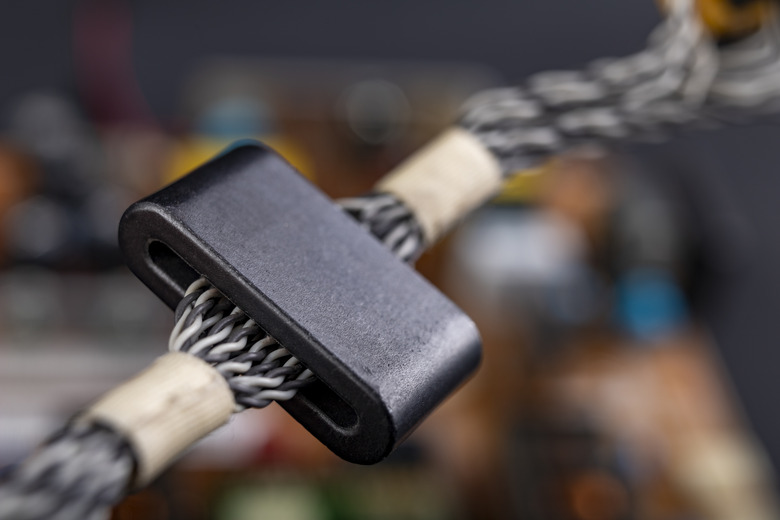How An EMI Filter Works
Background
Background
Electromagnetic interference (EMI) is broadly defined as the electrical or magnetic interference that degrades or damages the integrity of a signal or the components and functionality of electronic equipment. Electromagnetic interference, which encompasses radio frequency interference, is normally broken into two broad areas. Narrowband emissions are usually man-made and limited to a tiny area of the radio spectrum. The hum that power line make are a good example of a narrowband emission. They may be continuous or sporadic. Broadband emissions can be either man-made or natural in origin. They tend to effect a large area of the electromagnetic spectrum. They can be one time events that are random, sporadic events or continuous. Everything from a lightning strike to computers generate broadband emissions.
Sources of EMI
Sources of EMI
The electromagnetic interference that EMI filters deal with can be caused in a number of ways. Inside of an electrical device the interference can be generated by impedance, opposition to current, in interconnected wiring. It can also be created by voltage variances in conductors. EMI is produced externally by cosmic energy, such as solar flares, power or telephone lines, appliances and power cords. A significant portion of electromagnetic interference is generated along and carried by power lines to equipment. Electromagnetic interference filters can be either devices or internal modules that are designed to reduce or eliminate these types of interference.
EMI Filters
EMI Filters
Without delving into the hard science, most electromagnetic interference is in the high frequency range. This simply means that if the signal was measured, as a sine wave for example, the cycles would be very close together. The EMI filter has two types of components that work together to suppress these signals: capacitors and inductors. Capacitors inhibit direct current, in which a significant amount of electromagnetic interference is carried into a device, while permitting alternating current to pass. Inductors are essentially tiny electromagnets that are able to hold energy in a magnetic field as electric current is passed through it, thereby reducing total voltage. The capacitors used in EMI filters are called shunting capacitors, which redirect current in a specific range, high frequency, away from a circuit or component. The shunting capacitor feeds the high frequency current/interference into inductors that are arranged in series. As the current passes through each inductor, the overall strength or voltage is reduced. Optimally, the inductors will reduce the interference to nothing, also called shorting to ground. EMI Filters are used in a wide variety of applications. They can be found in laboratory equipment, radio equipment, computers, and medical devices and military equipment.
Cite This Article
MLA
Dontigney, Eric. "How An EMI Filter Works" sciencing.com, https://www.sciencing.com/emi-filter-works-5595876/. 1 November 2009.
APA
Dontigney, Eric. (2009, November 1). How An EMI Filter Works. sciencing.com. Retrieved from https://www.sciencing.com/emi-filter-works-5595876/
Chicago
Dontigney, Eric. How An EMI Filter Works last modified March 24, 2022. https://www.sciencing.com/emi-filter-works-5595876/
